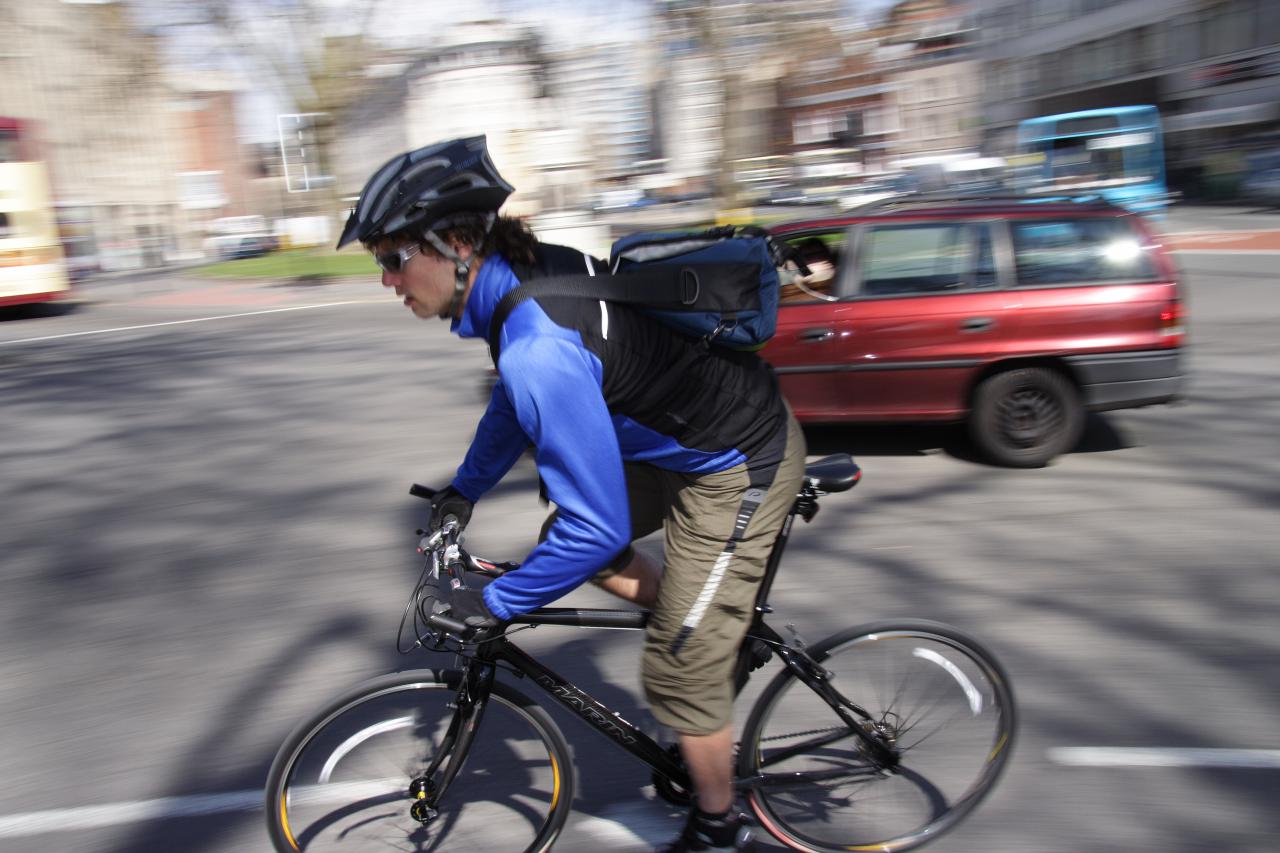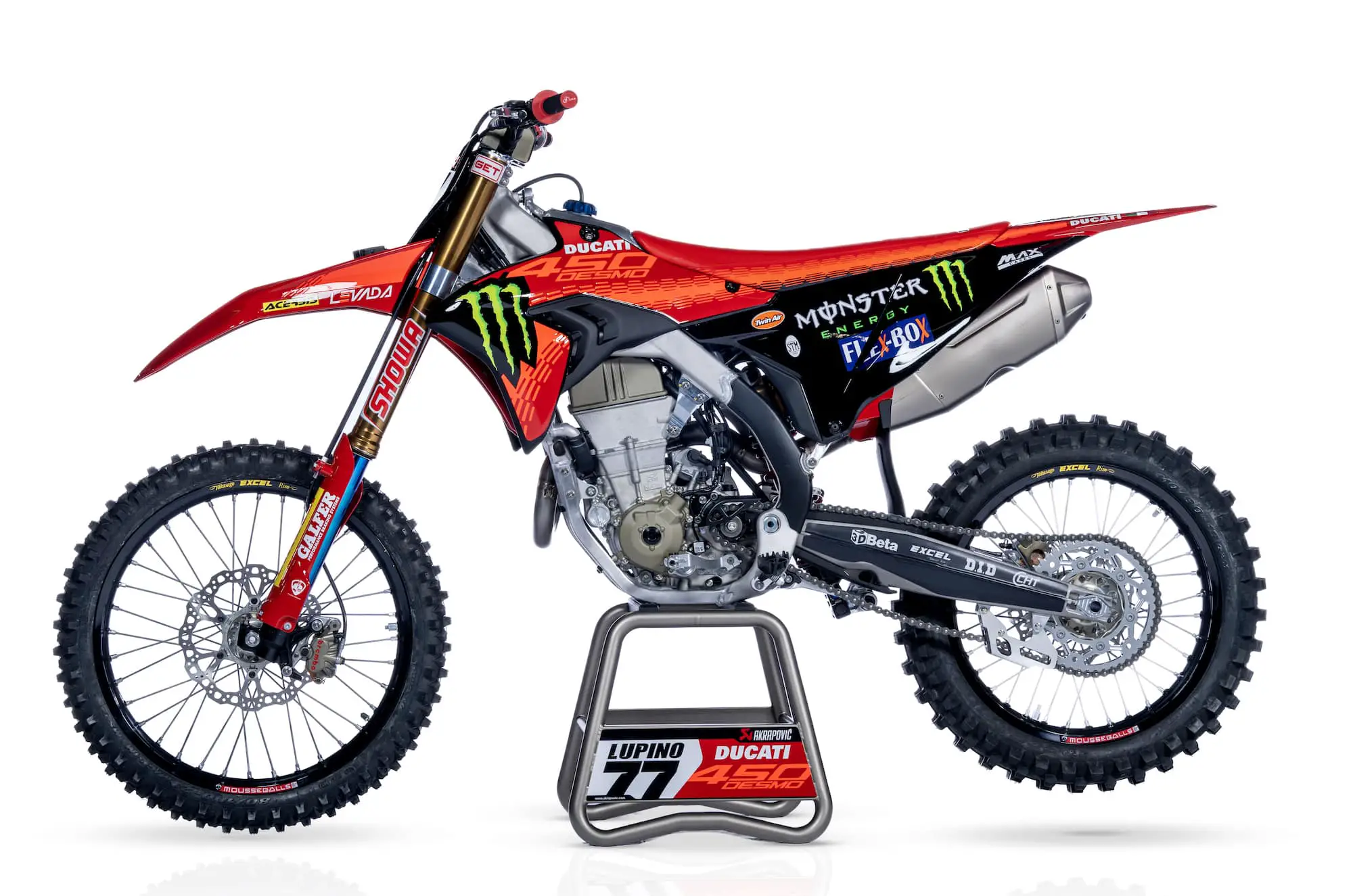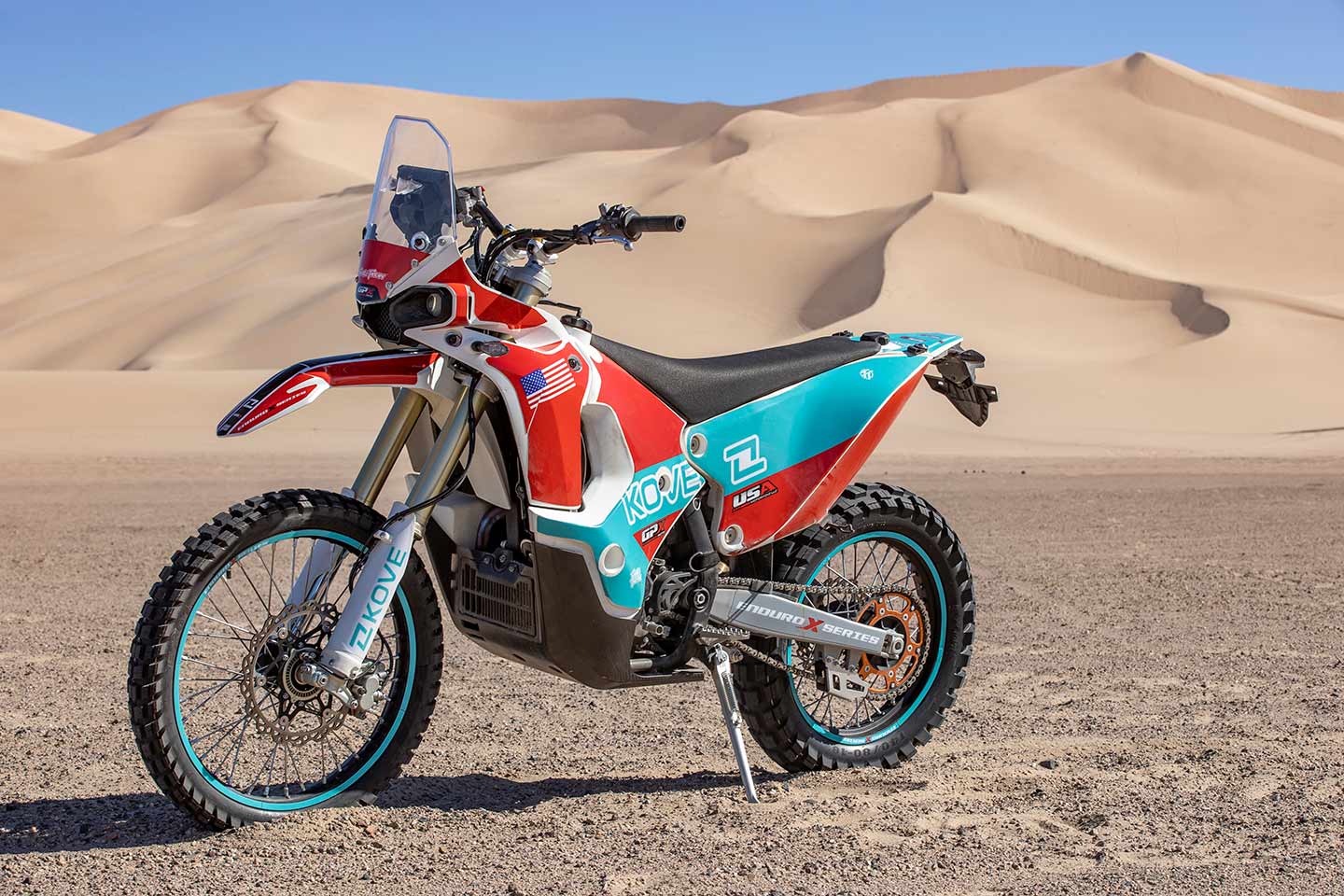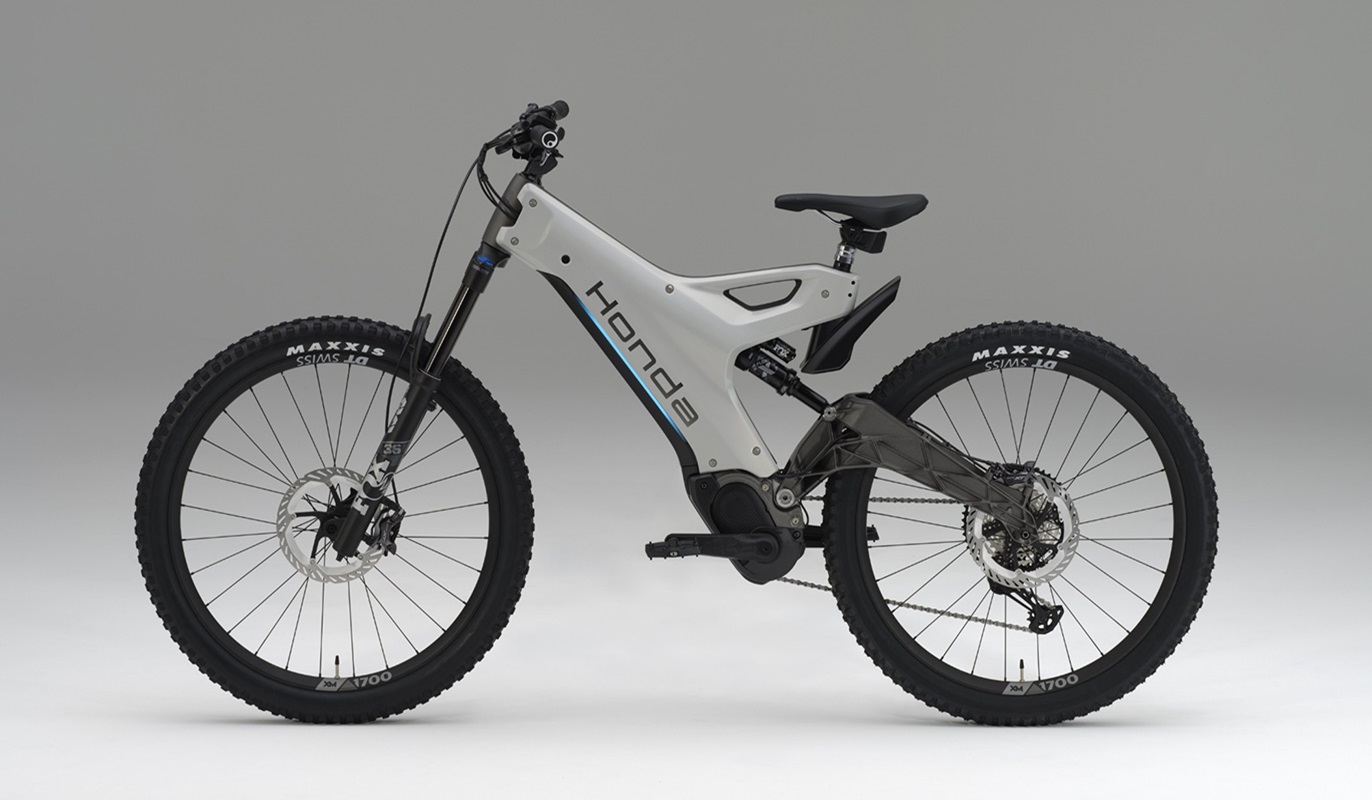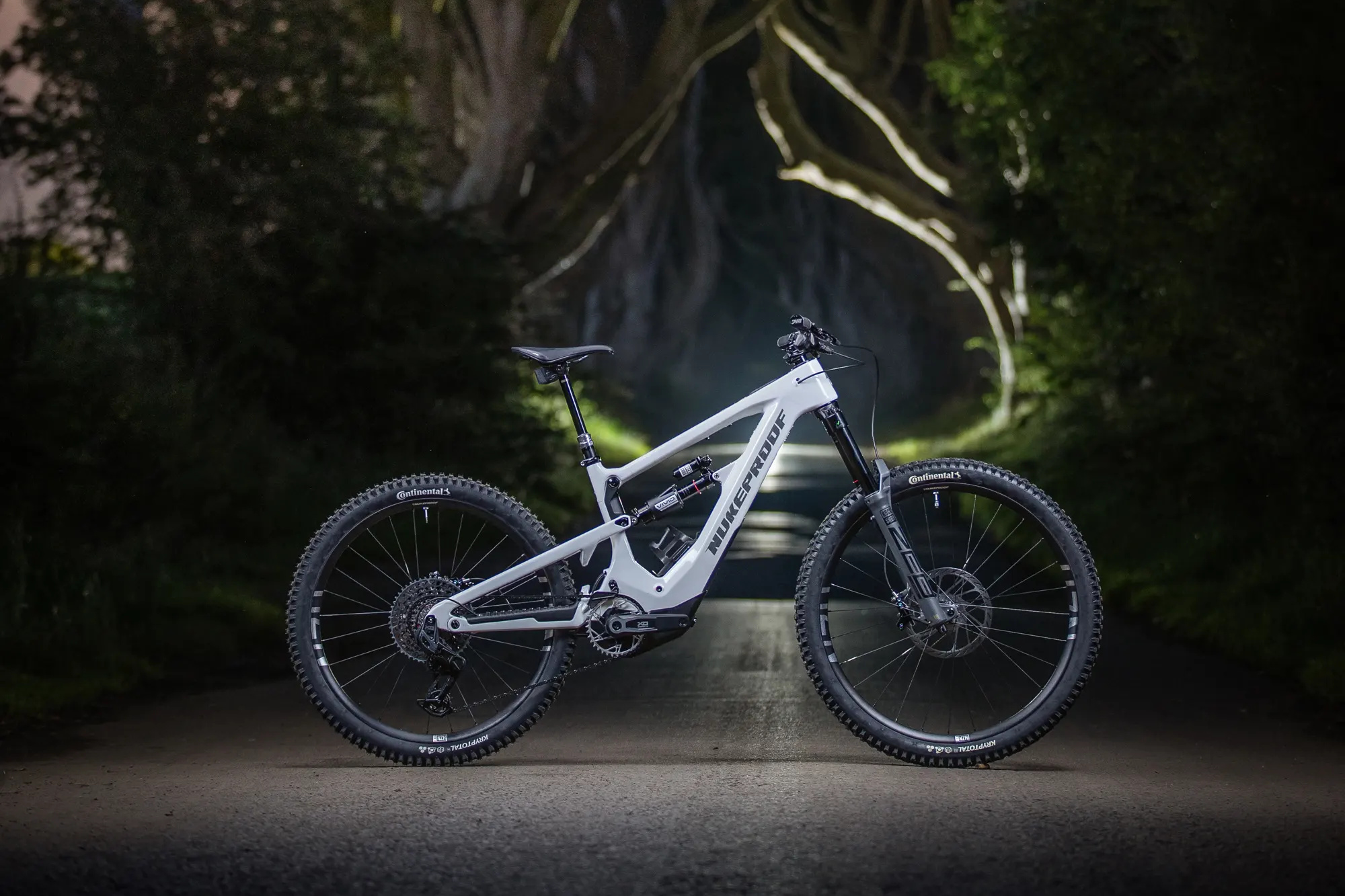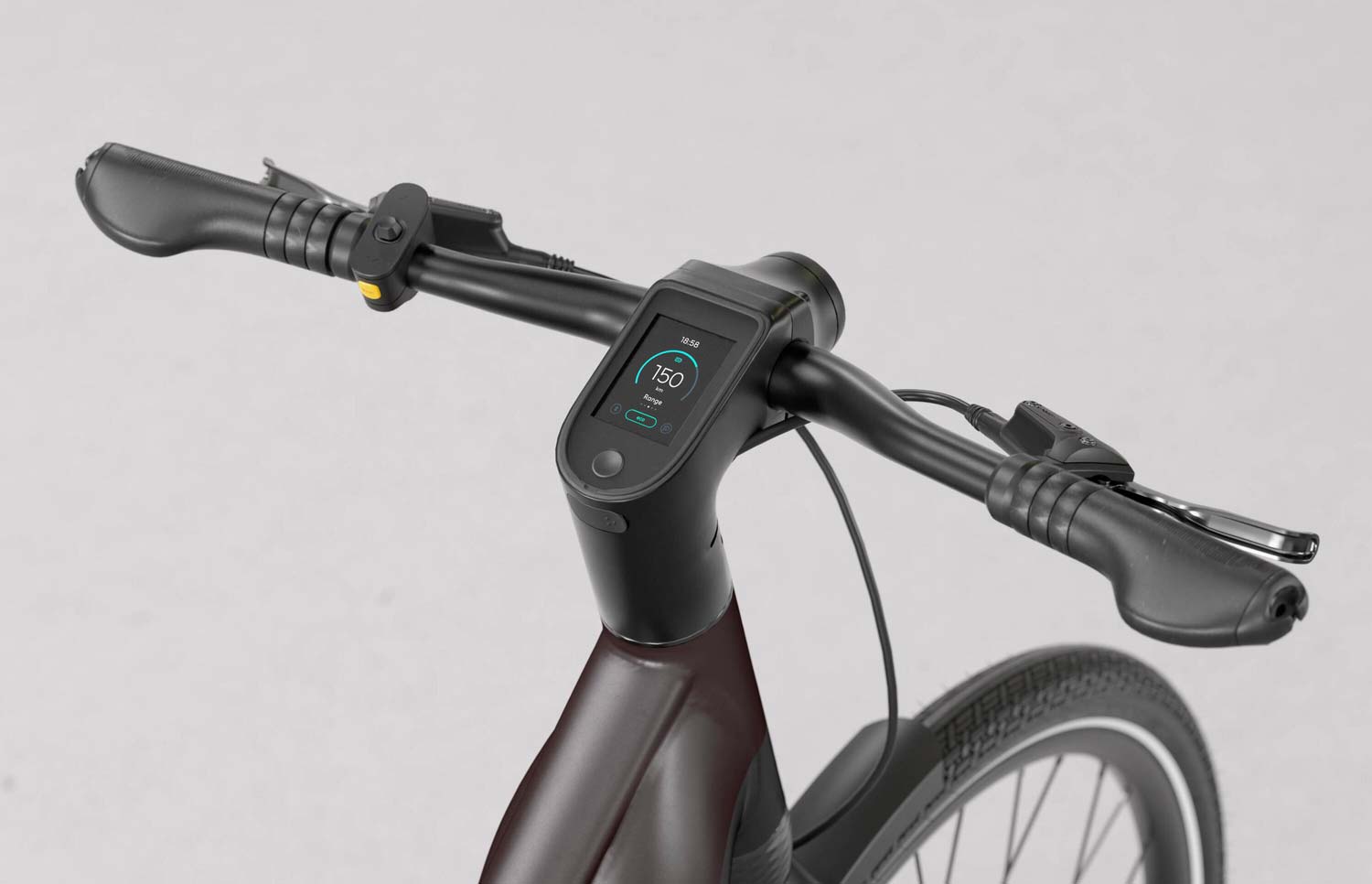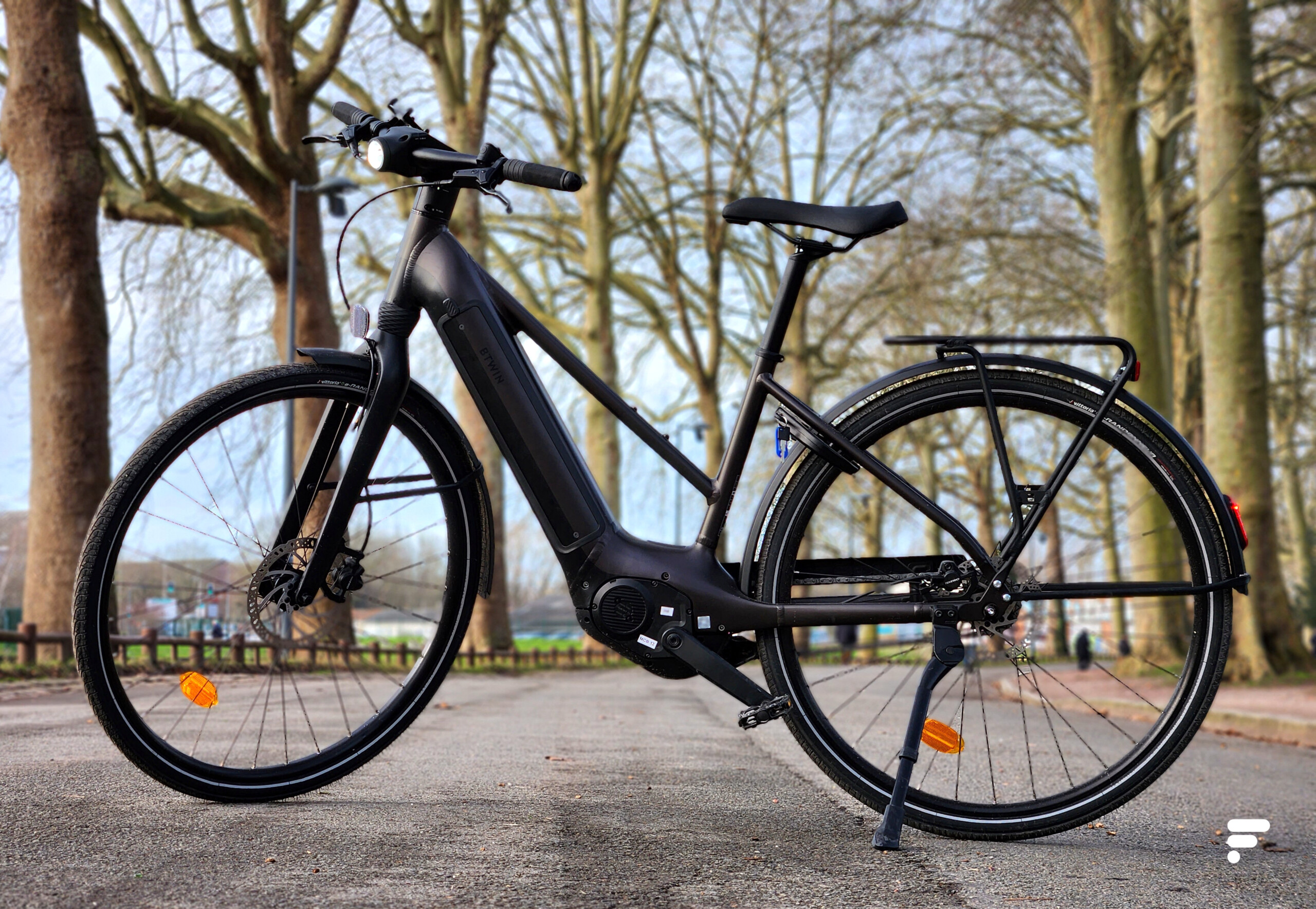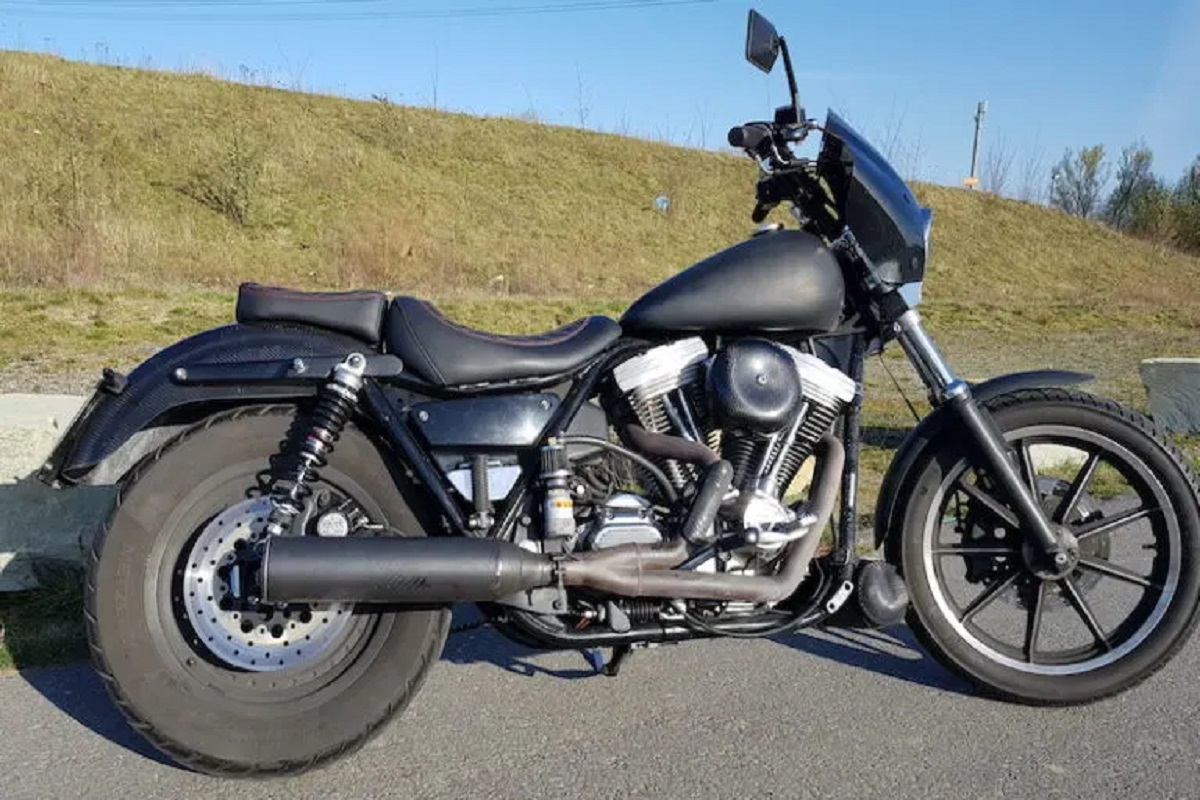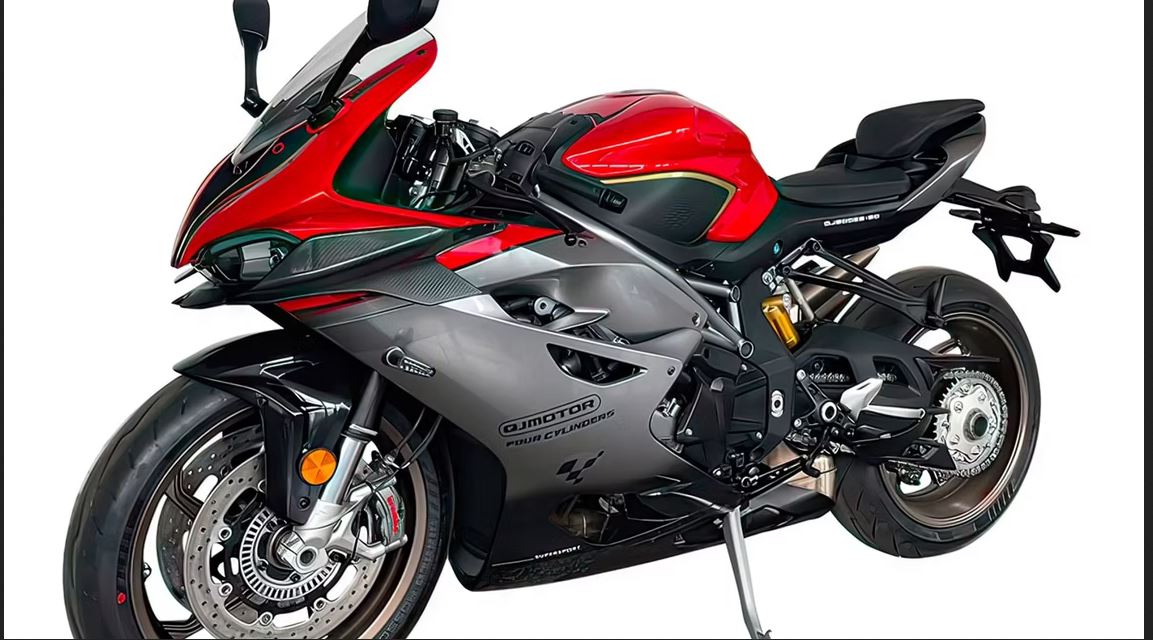This bike is capable of covering a distance of 720 kilometers with just twenty minutes of charging. This remarkable feat positions it as a formidable contender against many modern private cars on the road. Featuring a 12-inch touchscreen on the front and a reclining back seat, this bike offers both convenience and comfort.

Designed with ample space to accommodate adventure gear; the bike proves to be an ideal choice for adventurous journeys. With a maximum speed of 201 km per hour, it promises an exhilarating ride while addressing the growing demand for electric vehicles worldwide to combat environmental pollution.
In response to consumer needs, e-bike companies are continually introducing innovative models with enhanced features to improve performance and design. Smart Tech Bike, a company based in Thailand, has recently unveiled its groundbreaking cruiser bike at the 45th Bangkok Motor Show.
Known as the Fellow model, this bike boasts a rapid charging time of just 20 minutes making it a practical option for long-distance travel and carrying heavy loads. While the specific battery specifications have not been disclosed, the bike’s functionality allows for easy charging from one car battery to another.
Surprising additions include a touchscreen display on the front panel, along with multimedia applications for navigation. Additionally, the inclusion of a 360-degree angle camera enhances safety while riding. Equipped with an antilock braking system (ABS) on its wheels, the bike ensures stability and control on the road.
Despite its heavyweight and large volume, the bike features an ABS traction control system to optimize performance. The official price of the bike has yet to be announced and it leaves enthusiasts eager to learn more about this innovative and promising addition to the electric bike market.
